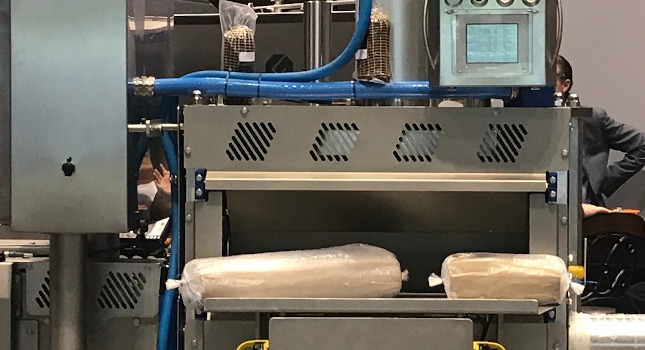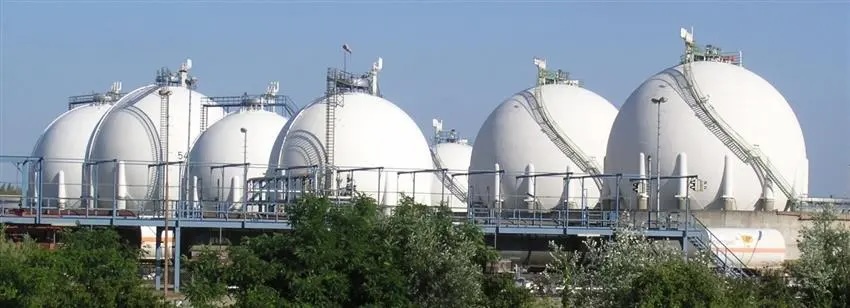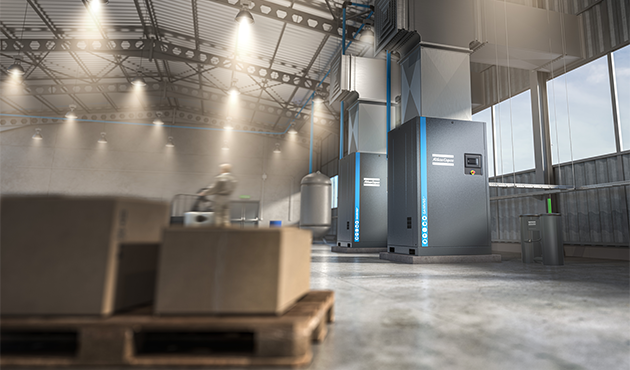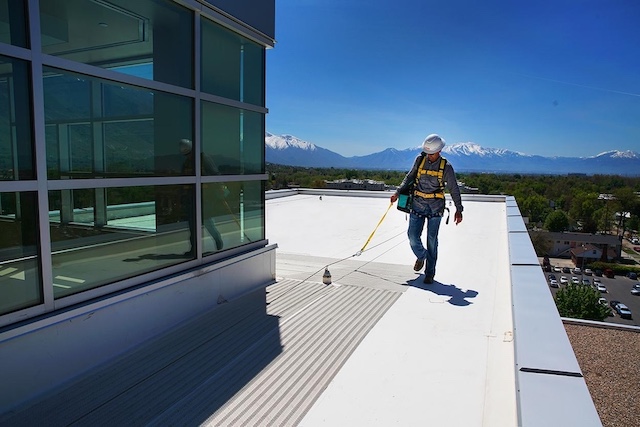Cyclosporiasis is an intestinal illness known to cause diarrhea, nausea, vomiting and other symptoms and can pop up in food processing plants.

Earlier this year, the U.S. Food and Drug Administration (FDA) and the Centers for Disease Control and Prevention (CDC) linked contaminated salad kits to a multistate outbreak of Cyclospora that infected more than 700 people. In 2019, the culprit was contaminated fresh basil, triggering a recall by the exporting company. How do outbreaks like this happen? Knowing how to prevent Cyclospora from entering your food plant is critical for maintaining the safety of your products and the trust of your customers, especially during a time of heightened awareness surrounding sanitation and public health.
Why is Cyclospora a food safety hazard?
Cyclospora cayetanensis is a microscopic parasite that, if ingested, causes cyclosporiasis — an intestinal illness known to cause diarrhea, nausea, vomiting and other symptoms. Cyclospora is most commonly found in tropical and subtropical regions of the world, but can make its way into the U.S. on imported foods from these areas. Past outbreaks in the U.S. have been linked with imported raspberries, cilantro, snow peas and lettuce.
Why do these outbreaks happen?
Cyclospora only affects humans, and it’s believed that the parasite passes from the feces of infected people back into food or water supplies. Researchers can’t always tell exactly where an outbreak began, or how, but they believe unsanitary practices lead to the parasites being carried onto or near food supplies (think unwashed hands, dirty shoes or other objects).
How can Cyclospora contamination be prevented?
Keeping Cyclospora at bay requires sanitation, sanitation, sanitation — and not just in your plant, but throughout the supply chain. Food processors should confirm that their suppliers and distributors follow the Food Safety Modernization Act (FSMA) of 2011 Produce Safety Rule (Fed. Reg., 2015a) to help prevent Cyclospora contamination.
First, food plant owners should also be aware that their usual chemical disinfectants may not work on the hardy Cyclospora, which is known for its resistance to chlorine. The FDA found that even after 90 minutes of contact with industry standard concentrations of a chlorine-containing disinfectant, the number of parasites present was barely reduced.
This article originally appeared on Stellar’s Food For Thought Blog. Stellar is a CFE Media content partner.



